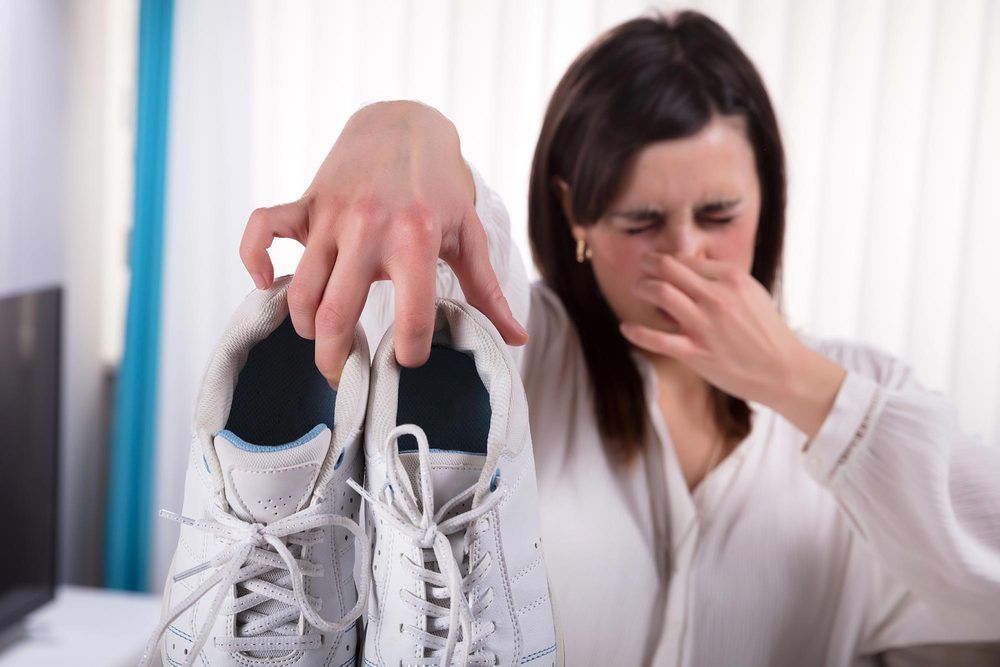Oct 31, 2020
Scientists have reversed some signs of aging in a study on mice
Posted by Quinn Sena in categories: biotech/medical, genetics, life extension
Mice who ate a diet high in fat and cholesterol were more likely to see their hair turn from black to white and experience hair loss. The diet also appeared to cause inflammation of the skin.
In the first stage of the study, the researchers genetically modified mice to develop atherosclerosis, a condition in which fat deposits form in the arteries.
They then fed mice either a Western diet high in fat and cholesterol or untreated rat chow from the age of 12 to 20 weeks. As expected, the mice who consumed the Western diet saw their hair turn white and fall out, and develop skin lesions. And the longer the mice ate the diet, the worse their symptoms became. By week 36, three quarters of the animals had skin lesions.


















